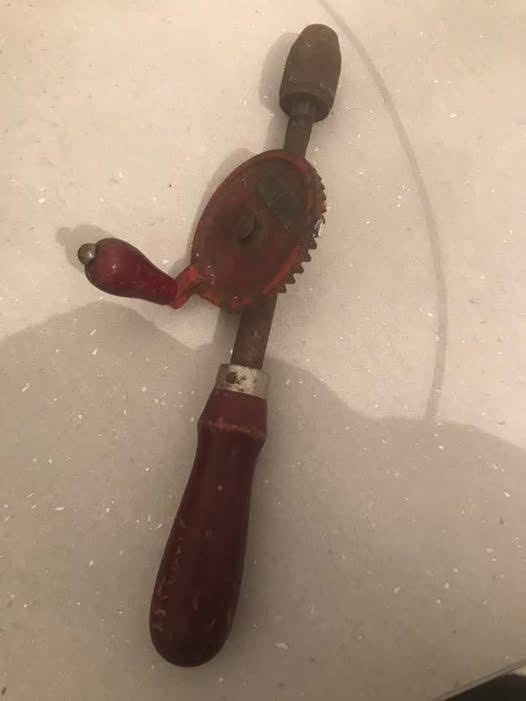If you’re under 40, chances are this object might leave you scratching your head. But for the seasoned DIY veterans, craftsmen, or antique collectors, this piece of hardware brings back a wave of nostalgia. Meet the hand-cranked drill, also known as a brace drill — a tool that once ruled workshops and toolboxes before electric drills became commonplace.
A Glimpse Into the Past
Long before the convenience of battery-powered drills, craftsmen relied on this manually operated tool to bore holes into wood and other materials. It features a rotating handle attached to a gear mechanism that spins the drill bit at the other end. The top part, often called the “chuck,” holds the drill bit in place while the user turns the crank to drill.
Made primarily of metal and hardwood, the brace drill was engineered for precision and durability. Its design is surprisingly efficient — allowing for controlled, quiet drilling with a fraction of the muscle you might expect. For many OG carpenters and tinkerers, this tool was a rite of passage and a symbol of true craftsmanship.
Why It Still Matters
While largely replaced by modern electric drills, the hand-cranked drill hasn’t completely disappeared. Woodworkers who favor hand tools for their quiet operation and fine control still keep these tools in their arsenals. They’re also popular among survivalists and off-gridders who appreciate their utility without the need for electricity.
